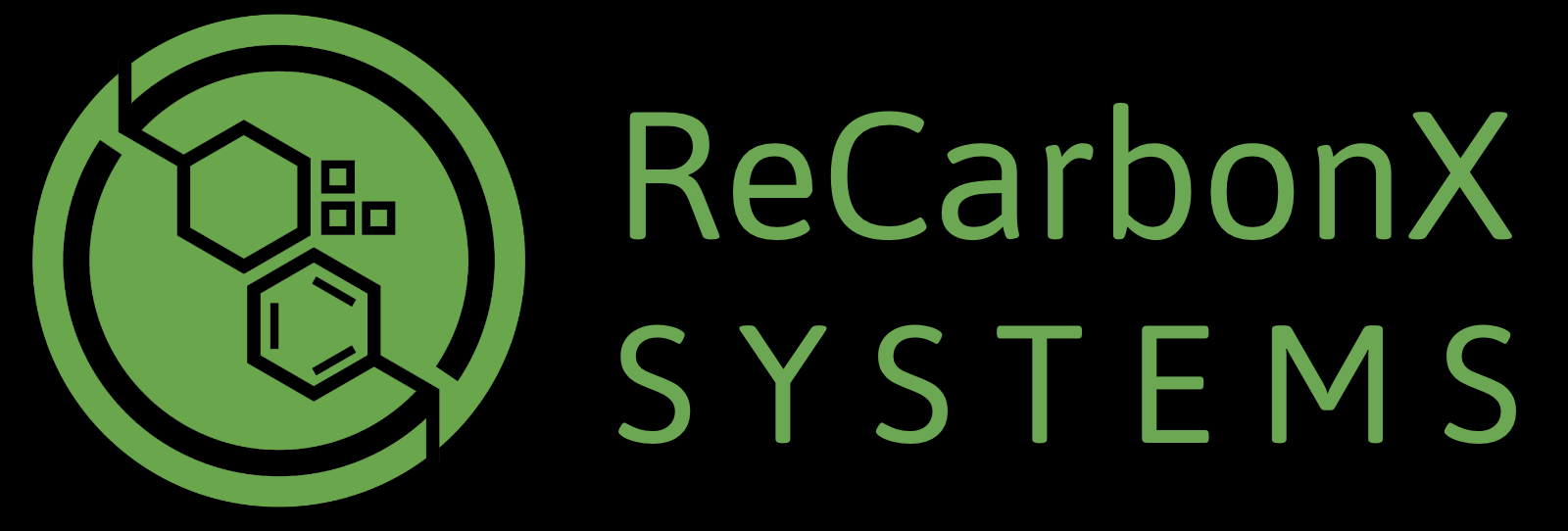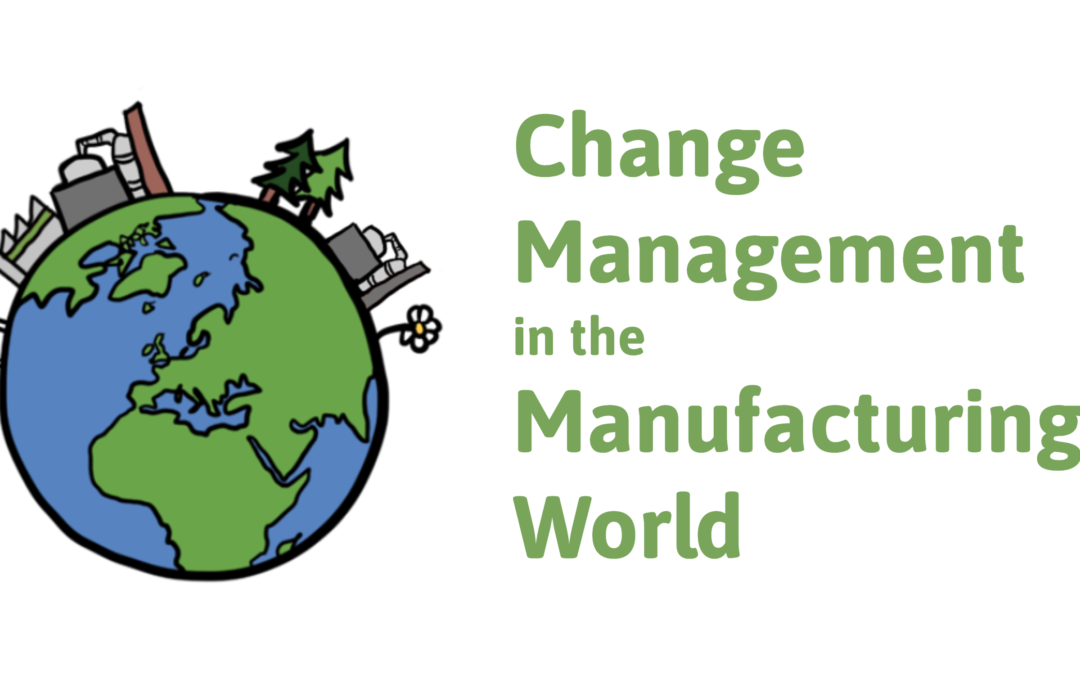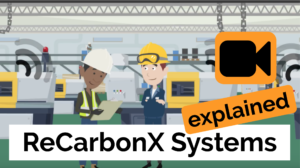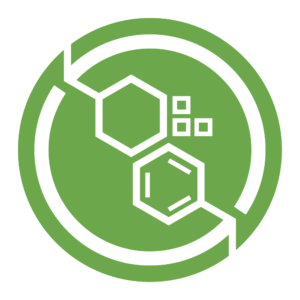In today’s environment of uncertainty, does Change Management equal Risk Management?
Over the past decades, the speed of change in societies has been accelerating to the point that we now recognize ‘Change Management’ as a Thing. Then, at the dawn of 2020, along came the Covid-19 pandemic, and suddenly many of the typical obstacles to implementing change – all those ‘R’ components like the Reason for it, who’s Responsible for the process, and the potential Resistance – are moot.
Change management is now a critical part of everyday business, and the remaining ‘R’ challenges are in the areas of Risk, Return and Resources.
We still don’t know what the manufacturing and production landscape will look like in the coming months and years, but one thing we do know is that even amid supply chain confusion, job insecurity and cost cuts, company sustainability on all levels must be addressed. People, planet and profit.
To do this, technologies are being developed and employed, including the upgrade of various Enterprise Resource Planning (ERP) systems, automated data collection, big data management, and new blockchain based solutions – in an attempt to increase materials flow traceability. All of these are fast and adequate responses to the increased complexity and unpredictability of our social and industrial environment.
The ReCarbonX System is built on blockchain, but it goes far beyond materials flow traceability. The system was designed with deep knowledge and understanding of manufacturing processes in various industries.
During the system’s integration in a manufacturing plant, the ReCarbonX solution created a complete ‘digital twin’ of all factory processes. This means that every single transaction in the real, physical world now has its digital copy – including every material transformation during production, and every quality control check for every step and every recipe.
Having a digital twin of factory processes quite simply eliminates the possibility of human error, thus mitigating the risks companies face when production relies on manual tasks.
Additionally, company management now has all the necessary real-time data for fast decision-making and risk mitigation measures. The digital twin of their manufacturing process enables full monitoring and control without the need for the constant physical presence of managers, leaders and controllers.
In fact, you could call the system a “stress-relief tool for management” – they do! And, after all, when it comes to change management, our people are one of our greatest resources.
*
Contact us if you are interested in how a digital twin could help your productivity and eco-footprint.
Written by Oksana Pilatova and Libby O’Loghlin





